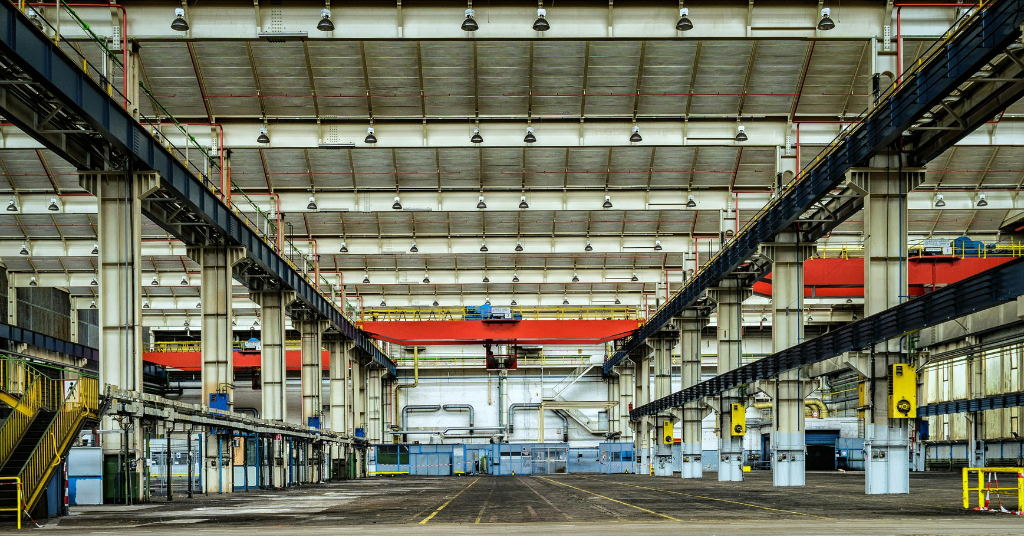The European Union’s Fit for 55 package sets ambitious goals: cutting net greenhouse gas emissions by at least 55% by 2030 and paving the way to climate neutrality by 2050. While policies and technologies are crucial, it is often citizens and local communities that transform these objectives into tangible results. Across Europe, small-scale initiatives – from community energy projects to neighborhood greening – are showing how collective action accelerates the green transition.
Local initiatives as climate accelerators
Cities and towns are at the forefront of Europe’s climate response. Local governments design low-emission zones, support cycling networks, and expand green spaces. Grassroots efforts such as tree-planting days, community composting, and energy cooperatives multiply the effect of national and EU policies. By mobilizing volunteers and building local pride, these projects often achieve faster and more visible results than top-down measures alone.

The role of education and awareness
Schools, universities, and NGOs play a vital role in embedding sustainability into daily life. Autumn often brings climate awareness campaigns, workshops, and student projects that connect personal choices – from heating habits to food waste reduction – with larger EU climate goals. These educational activities ensure that the next generation understands not only the urgency of climate action but also the practical steps needed to achieve it.
Linking local action with EU frameworks
The European Climate Pact encourages citizens and organizations to pledge actions that contribute to the Fit for 55 agenda. From installing solar panels on community buildings to organizing car-free days, these initiatives demonstrate how EU frameworks and citizen engagement reinforce one another. Local projects also provide valuable feedback, helping policymakers understand what works on the ground and how legislation can better support everyday climate action.
Conclusion: shared responsibility, shared opportunity
Achieving the Fit for 55 targets requires structural changes in energy, industry, and transport — but it also depends on the actions of millions of Europeans. Each bike ride to school, each renovated building, and each neighborhood climate initiative contributes to a collective transformation. Citizens are not just participants in Europe’s green transition; they are its driving force. By putting communities at the core, Europe can turn ambitious targets into everyday reality.




